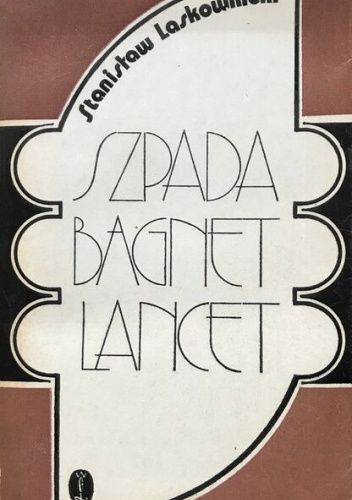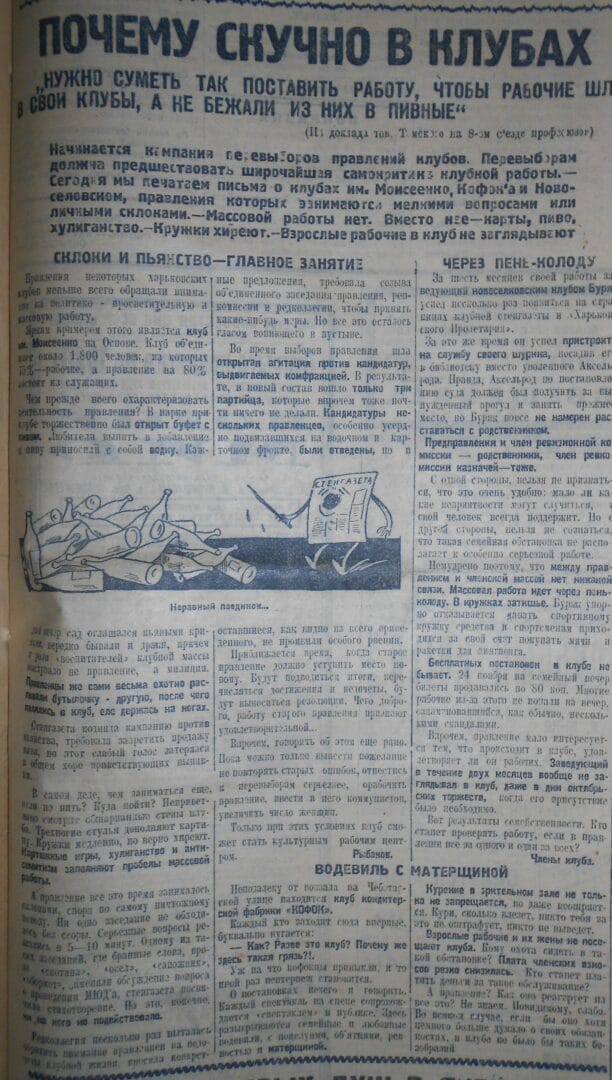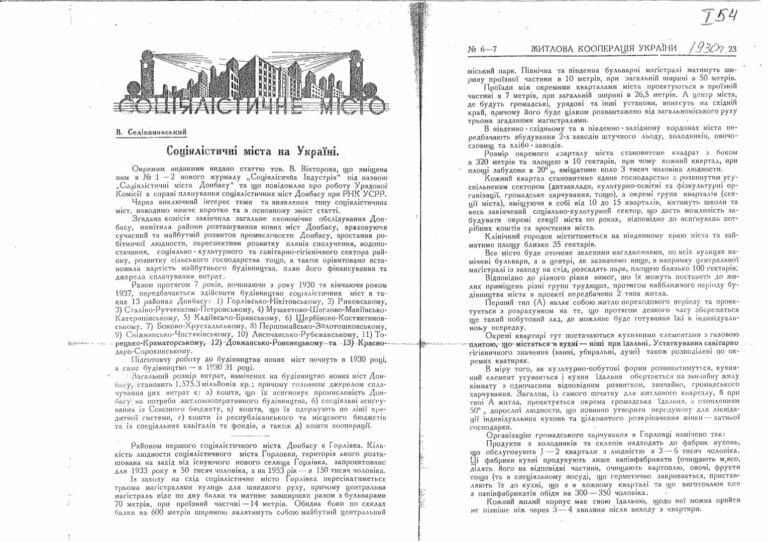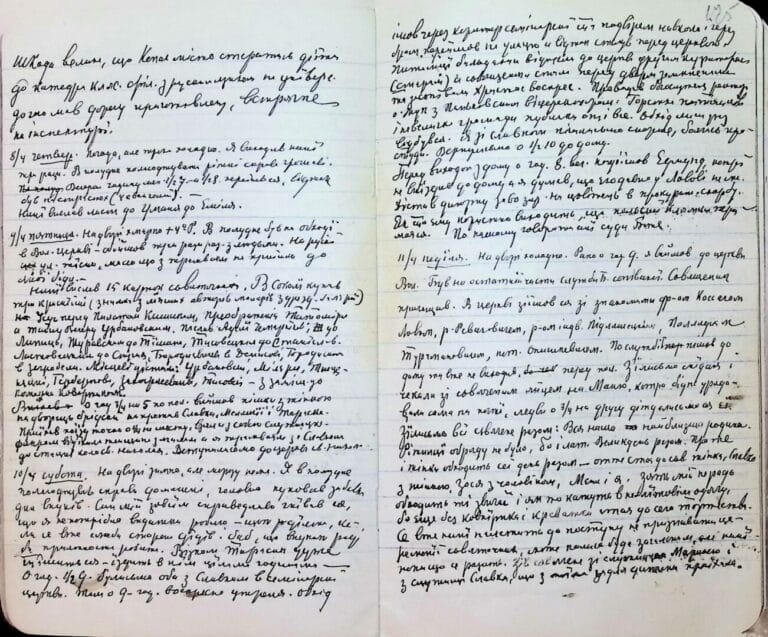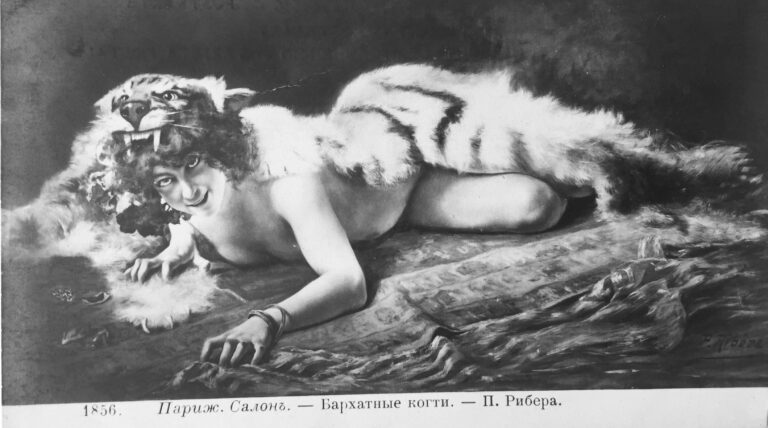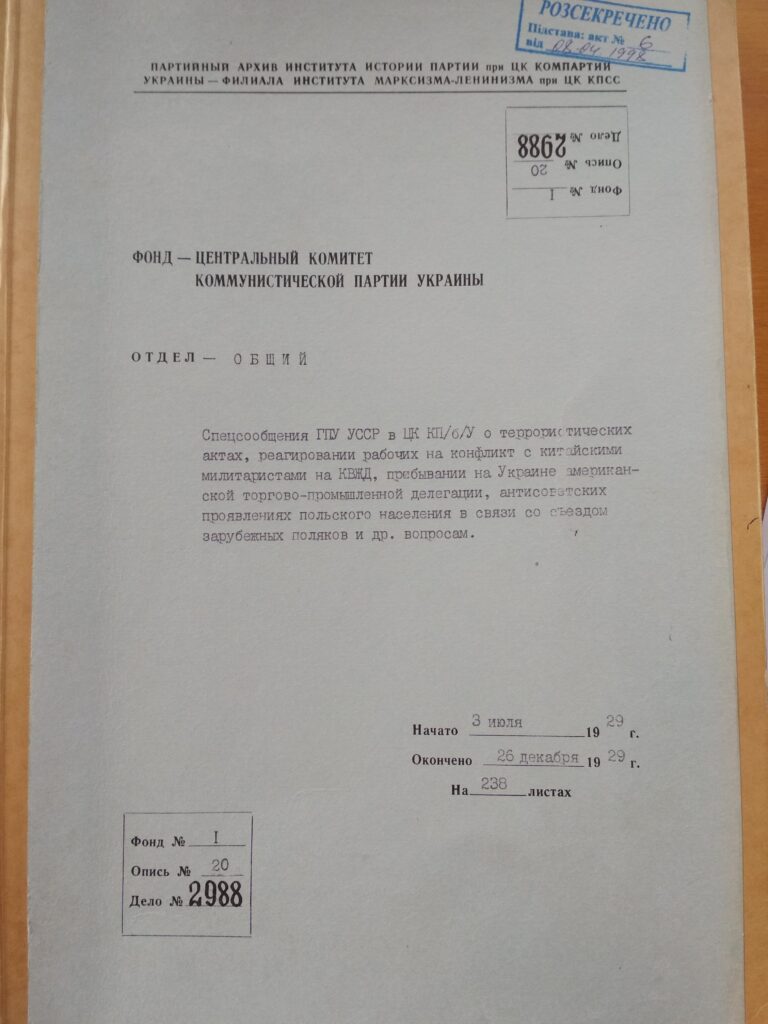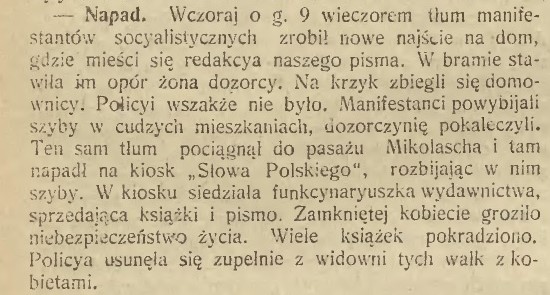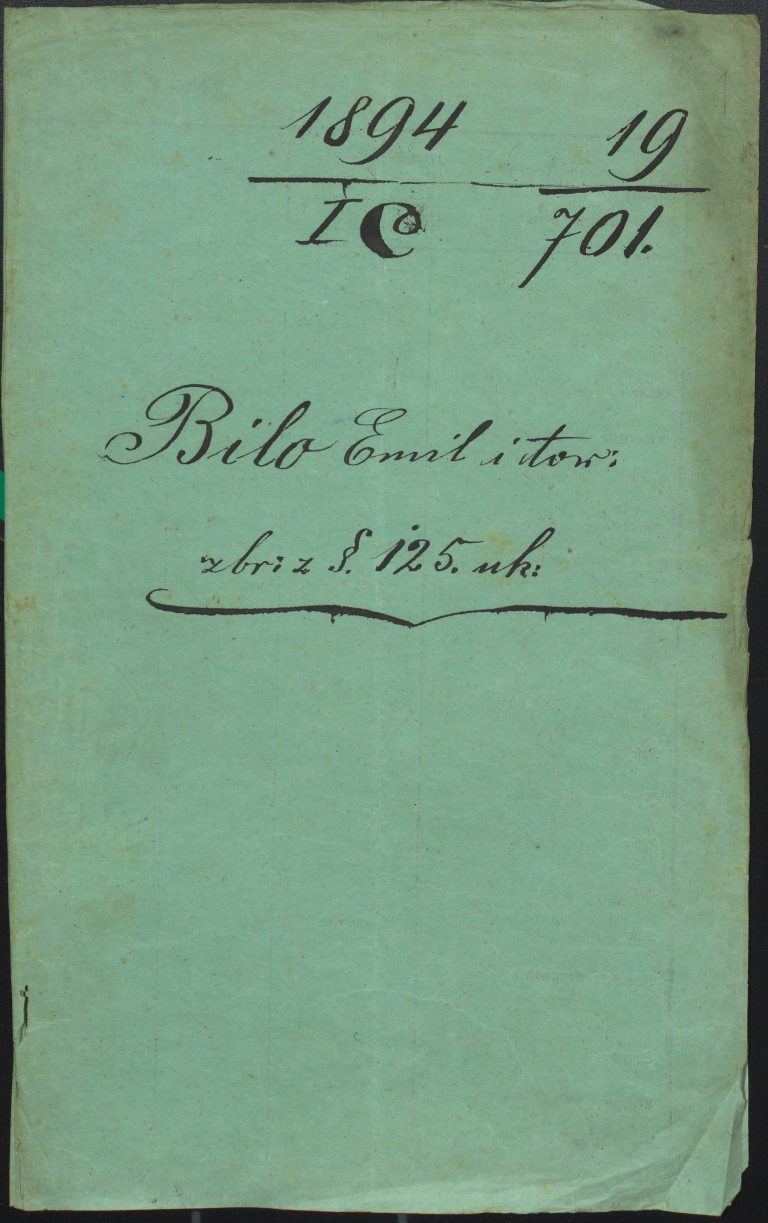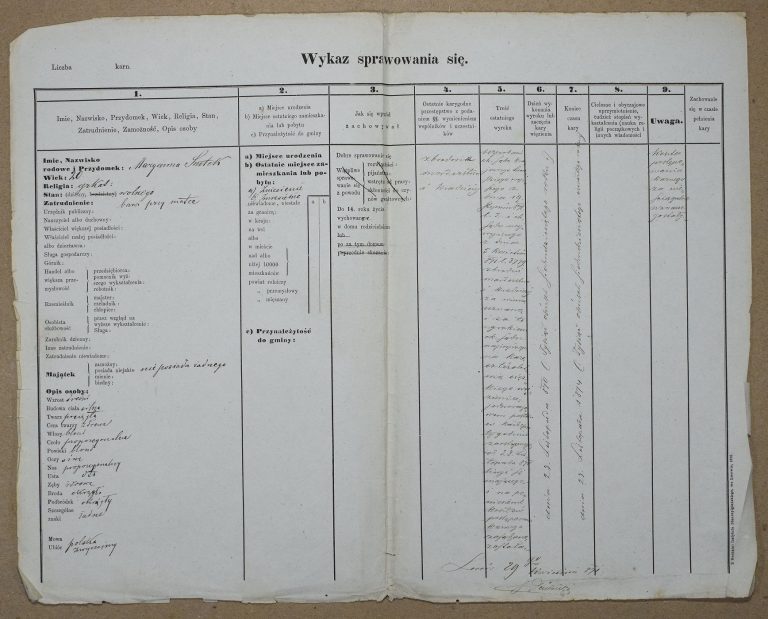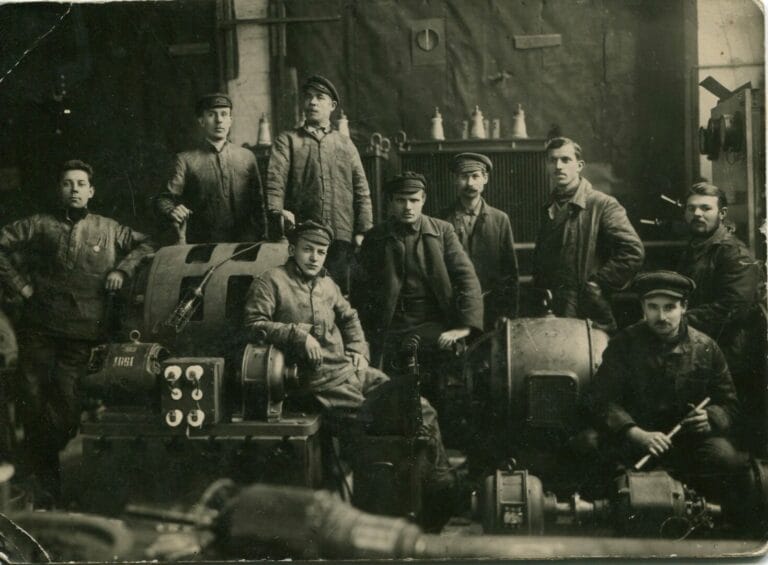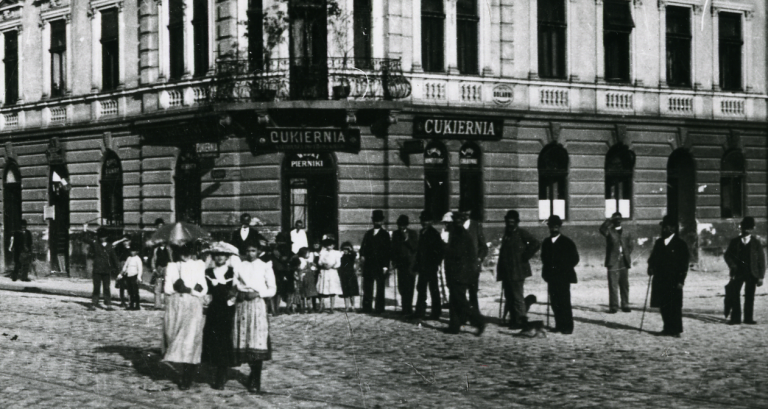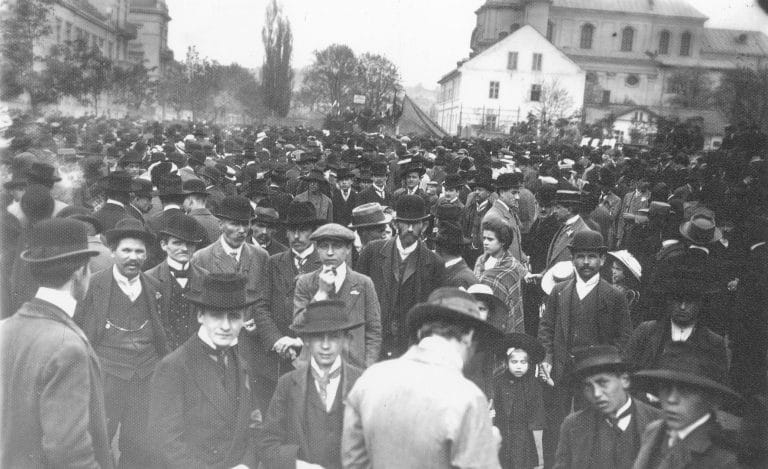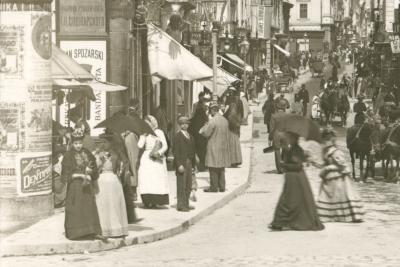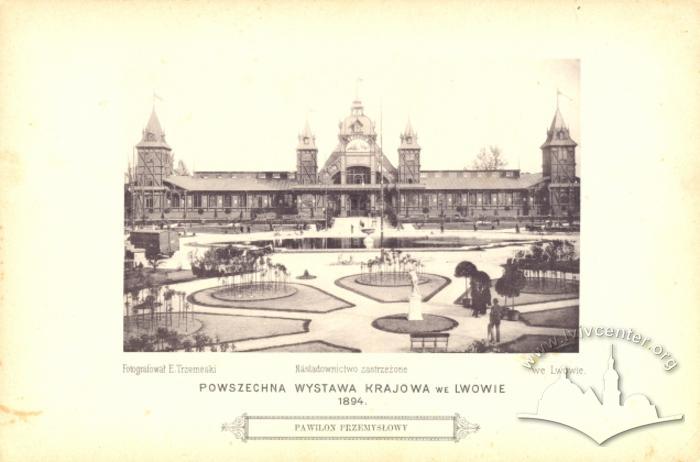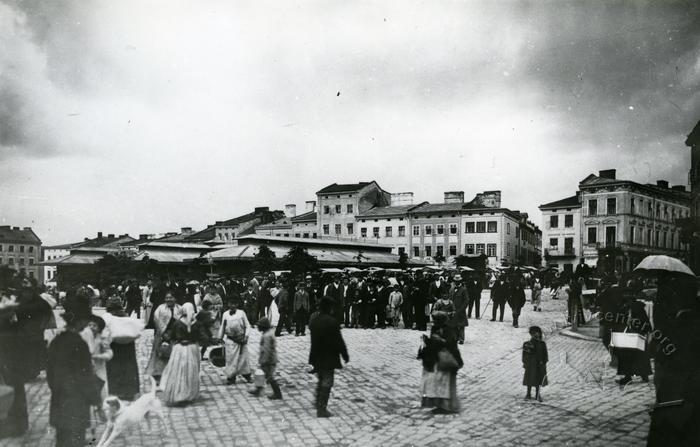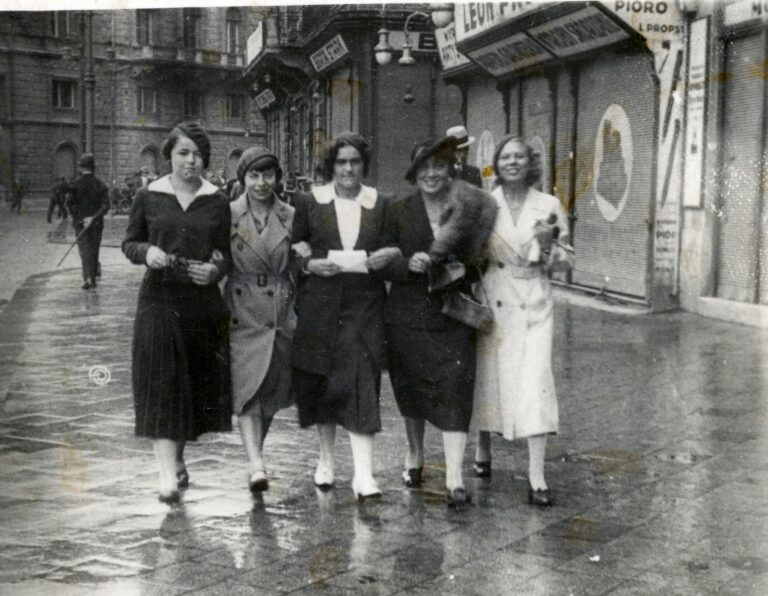Urban Space
Urban space is an essential subject within the field of urban studies, as it allows historians to explore the history of city development from an architectural viewpoint, and how urban design influences community development. Understanding the history of urban spaces provides insight on the evolution of human values and the relationship humans have had with their material or natural environment over the course of history. Our Educational Platform provides historical sources that exemplify how particular urban spaces such as squares, streets, architectural complexes (districts), parks, or avenues shaped contemporary metropolitan life. We also investigate modern practices of urban segregation and the fight for the city’s space, how non-places (such as shopping malls, markets, or airports) differ from heterotopias (such as cemeteries), and how the media can turn urban spaces into vehicles for global movements or how urban spaces can reflect the collective imagination and psyche of a society. The history of urban spaces may show the evolution of the current distinction between places and non-places, which is often derived from the opposition between urban space (i.e. a street) and the agency of place (i.e. a local identity).
Primary Sources






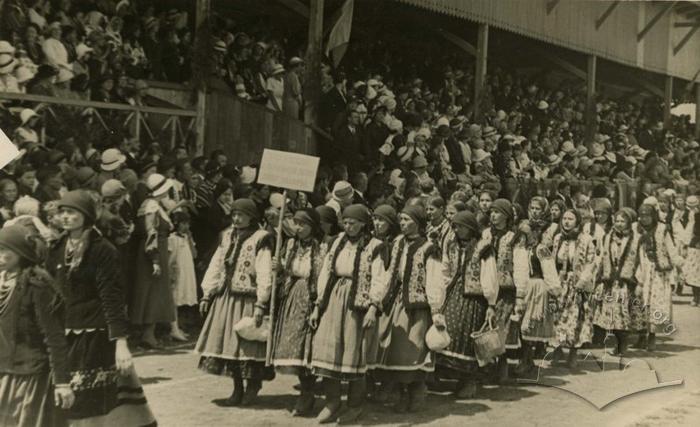
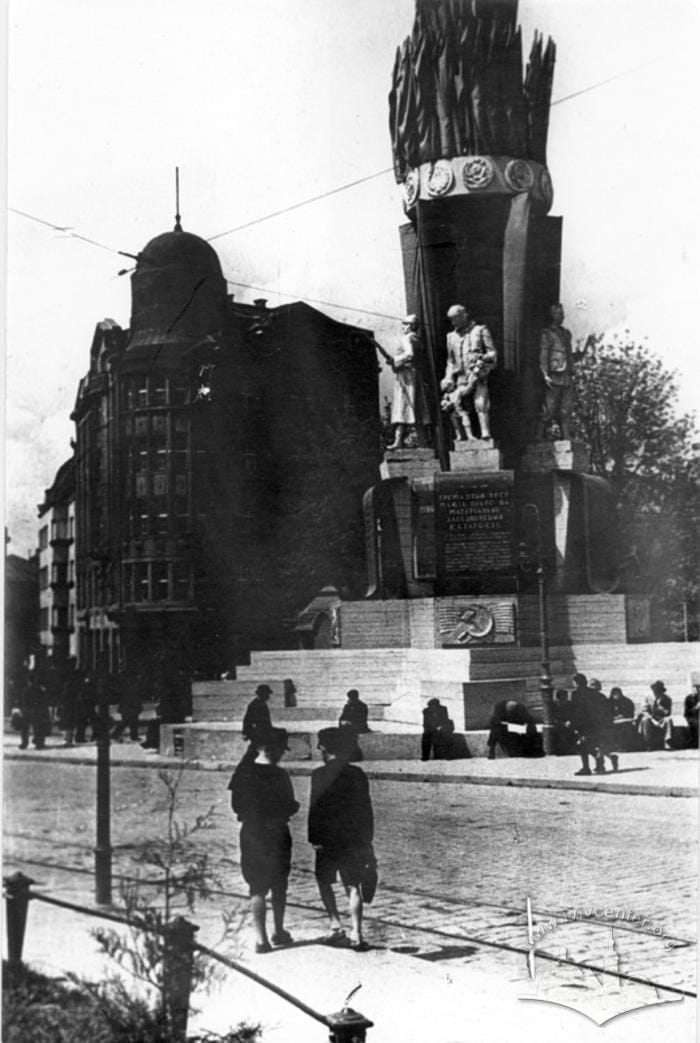

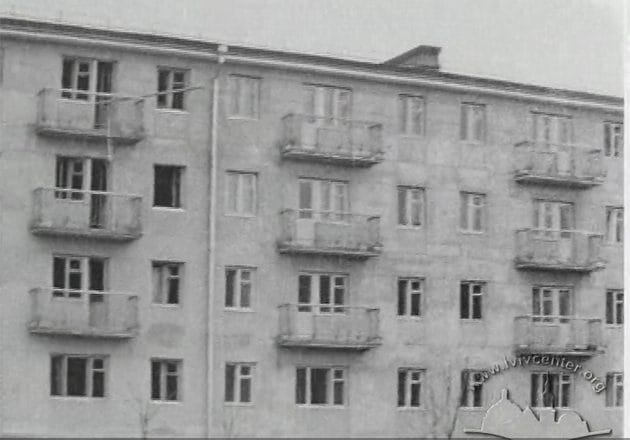

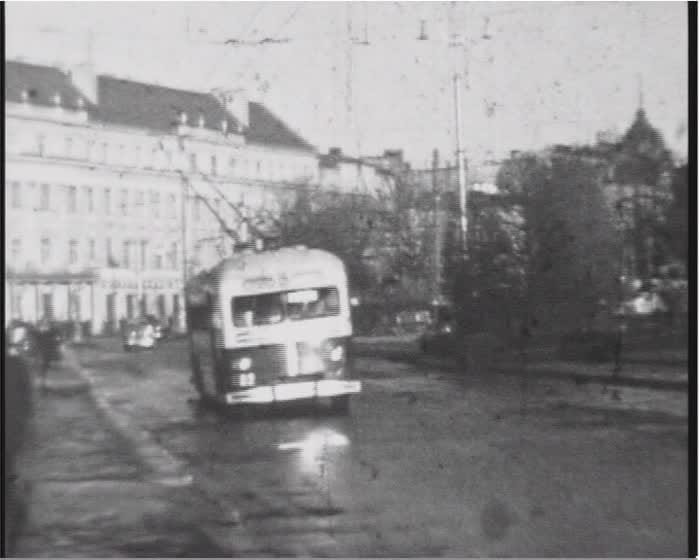

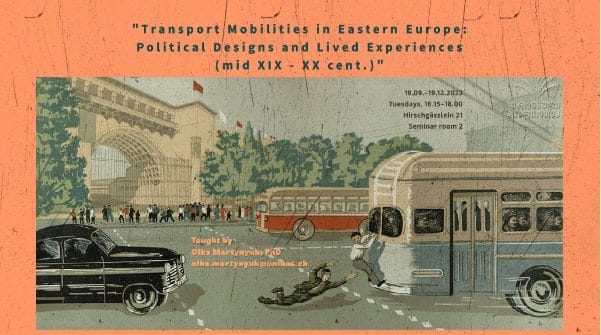 Transport Mobility in Eastern Europe: Political Designs and Lived Experiences (mid XIX – XX Century)
Transport Mobility in Eastern Europe: Political Designs and Lived Experiences (mid XIX – XX Century)

